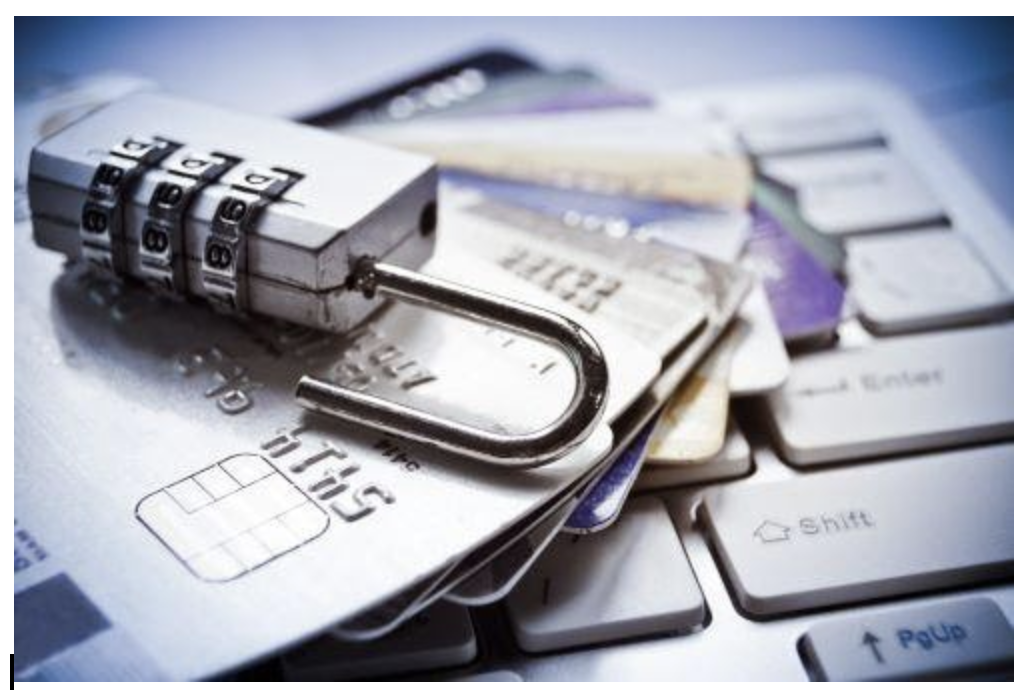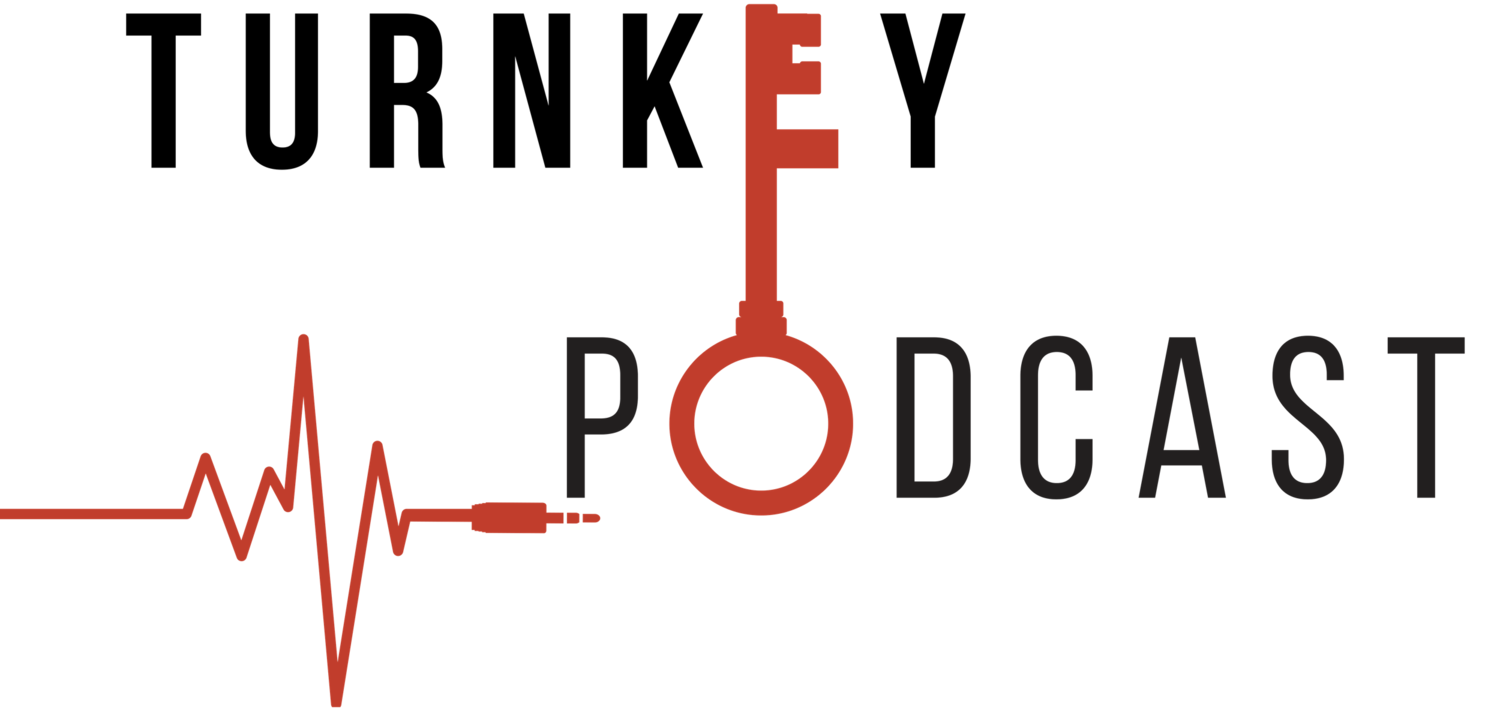
Picture this: you’ve just come home from work and you pick up the mail. In one of the envelopes is a current overview of your checking account for the previous quarter. Upon opening the statement for your account, you realize something is off—and it isn’t just by a little bit. You phone the financial institution where you have your checking account, only to learn that the damage is worse than you thought.
Checking account security and fraud is just about as stressful and frightening as it sounds. No one wants to go through the hassle of finding out where things went wrong and what actions they can pursue in order to rectify the problem.
The idea alone is enough to get your heart rate pumping. Take a moment, however, to breathe. It doesn’t have to be like this. There are measures you can take in advance that will preemptively prevent a situation like this from happening.
These five facts about monitoring your checking account in order to prevent fraud are only just a handful of the ways to keep your finances secure and your account fraud-free.
Know Your Balance
And check it regularly. One of the easiest ways to make sure your account is safe and not being subjected to fraudulent activities is to monitor it. Knowing your balance at the start of the week and mentally keeping note of bigger purchases—and any out-of-the-ordinary ones—can mean the difference in catching a mistaken charge or missing money once the monthly or quarterly statement is sent out.
Knowing where you stand financially doesn’t have to be a tale of a money-obsessed individual who compulsively checks their account balance in order to “stay safe.” No, that may actually undermine the security because if you’re obsessing about seeing if all your money is there, you may be being lax in other crucial areas of account protection, such as accessing your bank information over an unsecured Wi-Fi connection or hotspot.
Pay Attention to Your Internet Connection
Again, this is something that may sound trivial, but it’s not. An unsecured network or hotspot can be teeming with crooks and people attempting to hack your account. This may be especially true if you’re out at a café, restaurant, or other public space checking your account balance. Generally, a secured page has a little green or gray “lock” in the website address bar. This means that the information that you’re electronically transmitting through the page is safe from external sources. When you’re out, there’s potential for someone to hack into a public or shared network and set up an intercept for the information you’re transmitting.
Alternatively, there are phishing schemes that set up a webpage that looks like the homepage or login page of your financial institution. When you submit your account number and password, the information does not get processed through your credit union or financial institution, but is, instead, sent to the criminal’s computer and opens you up to myriad misuses of your funds and your account information.
On the Topic of Banking Passwords
Make sure your online banking password is unique and exclusive. That is, make sure it’s a reasonable length (think 20 to 30 characters) and is a healthy combination of letters, numbers, and special symbols. Some websites and companies haven’t quite caught up with the times in this regard and may limit the number of special characters you can use. Don’t let that discourage you. One way to use this to your benefit is to construct a password that’s built out of multiple random and unrelated words. It should be a phrase that doesn’t mean anything to you or anyone else, and it’s virtually impossible to guess.
Regrettably, far too many individuals are still using passwords such as numbers ascending or descending, with mirrored words that even amateurs are able to guess. Your banking password should be the only one like it, as many people tend to use passwords across social media, online shopping venues, and so forth. Don’t put yourself in a position that you’ll regret and choose a strong, unique, and unguessable password for your online banking transactions.
Setting Up Security and Fraud Detection
As technology continues to take leaps and bounds, there’s no reason to not opt for fraud detection and enable two-factor authentication. Fraud detection is allowing your financial institution to keep an extra eye on the spending in your account and to let you know when something you wouldn’t normally purchase has been bought. There are a couple of ways that fraud detection can work. When enrolling in the program, there are ways to have automatic authentication, meaning that an out-of-the-ordinary purchase would require your approval before the funds were processed. Alternatively, there’s a review of the account statement that can reveal that there have been fraudulent charges posted to the account.
A two-factor, or multi-factor, authentication means that when you’re logging into your account online, you’ll only be allowed to continue and be granted access to the particular website if you can accurately answer the prompts, for example, inputting a code sent to your phone or email address. This is important even at home in shared living situations, as not everyone has internet security at the top of their list of priorities.
It’s Been Said a Thousand Times
And sometimes it just needs to be said again and again for it to stick. Cover your personal identification number (PIN) when using an ATM. It’s also important when you use an ATM, to make sure that the machine hasn’t been tampered with. You can verify this with a quick look at all the parts of the facade of the machine. Make sure there are no cables connected and that no parts or corners of the number pad are out of place. There are remote ways to hack into an ATM, but if you’re diligent and take the extra five to ten seconds to visually review the ATM you’re using, you’ll probably be fine.
You’re in charge of protecting your identity and your banking information. In case something does happen or you have a question regarding how you can better protect yourself and your account, the expert team at Rivermark Community Credit Union has the answers you’re looking for. Swing by a branch or contact us today and make sure you’re covered against security and fraud issues.
